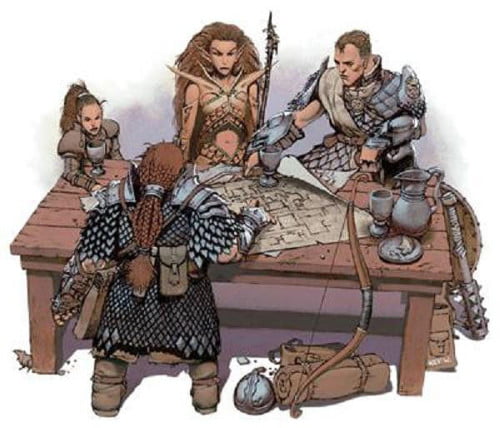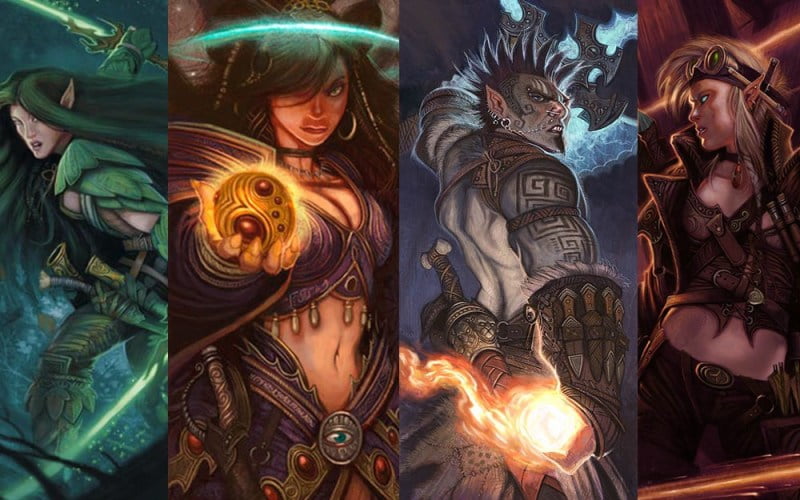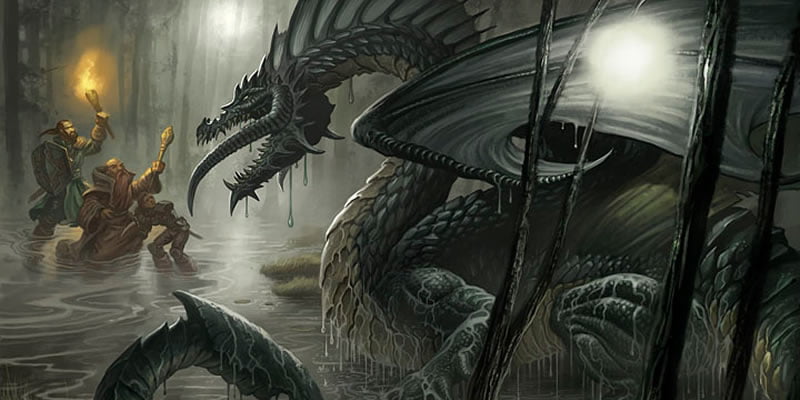I wrote some bangers last year.
I sat down at first to give a sort of top ten articles of my own last year, that weren’t covered by specifically the header of How To Be, Game Pile or Story Pile. I tried it, and found that I had run out of slots for ‘absolute banger of an article’ in two months of summarising posts. Then I realised there were whole trends of things to write about and then I realised, hell, this is my blog, you’re here for my content, and unless you’re Vincent or Tab or Kate (hi, you three), odds are good you miss an article or three I write.
We’re going to do three of these this week. A whole bunch of bangers, divided up by the type of writing it is, and why I might want you to go reread it. First we’re going to talk about general content – stuff that I think you should link to other people outside the blog, posts that explain some complex concept in a way I’m proud, but also which doesn’t necessarily fit the other stuff.
And so here, I’m just going to bring your attention to a big pile of things I’d already written that are really good and which I know have escaped your attention, yes you, and today, it’s going to be about the Dungeons & Dragons, DMing and Worldbuilding articles.

First of all there were some articles I wrote that were retrospectives on older D&D books and editions than the one I play, which is to say, Third Edition. Third edition was a version of the game I learned a lot about and hwich was also extremely stupid and it’s still ongoing with play and optimisation, so I can go into the wild lands of it and bring you strange missives back. Also, I have a ton of physical books, so any time I want to write about 3e, I can just walk into the garage, grab a book at near-random and flip it open to a page and write about whatever I find.
For third edition in 2021, I wrote about the weird phenomenon of how, due to the way Polymorph spells worked, a ‘properly’ min-maxed party would always be shapeshifted into some suitably scary form. I also finally gave a lengthy write-up on the strange way that the best archer in both versions of Third Edition were clerics. We looked at the sad transphobia of the Unearthed Arcana book, and the way damage types weren’t universal, with the discovery of Sonic Fireballs. I also dug into the Fochlucan Lyrist, which was kind of a dare from the designers to try and bring back the feeling and vibe of the second-edition bard. If you want to do it all, the lyrist offers you a way to do it but it asks a lot of you too. Fun class!
We also looked at the terrible story of one of the few 3rd edition D&D classes that’s worse than the fighter at its own job — the Samurai, and examined the strange rules hole of the level adjustment on the Necropolitan.

Over in the 4th edition content, I actually created a bunch of actual new content for 4e. I made writeups for the incredibly complex (but intuitively simple) Swallowers, a heritage of little gribbly Beholderkin that use magic items by eating them and toggling them up. I also made a writeup for the Cthulhoid Nightmare Elves, the Hadalan, who I fear I may have designed because I wanted to have them available to my setting, like, no greater purpose than that.
That’s not all the 4e content I did, though. I also addressed the ethical and philosophical difference between how 3e saw Diplomacy and Mind Control as kind of basically the same thing and therefore almost all forms of social negotiation and interaction are secretly digging into the same space of coercion, and oh wow, isn’t that fucked up, isn’t it good that by making mind control more specific and its impact more clearly defined, 4e’s mind control system doesn’t directly imply that getting someone into bed is the same basic mechanism as mind control? Anyway, I also did a joke article about dual wielding for pride month because you know, dual wielding characters are bisexual, apparently.

That’s all game-specific stuff, but what about world building, which, again, hi Tabs.
First of all, I did some thinking about just the fundamental idea of how world and lore tie into the pace of the game and how you challenge players, with a further development of training players on owlbear traps. I also thought for a bit about how every culture makes games, and how if you want to make a culture, you need to think about how they play, because, you know, something something Huizinga.
I talked about how my setting, Cobrin’Seil had gods in it, and I therefore needed to come to terms with why I have gods, and what that means. With that new idea, like ‘oh hey, this does have implications and I need stuff to be different now,’ I put that new template to work looking at Cobrin’Seil’s war gods, Palescai and Adeblen.
I also kept hanging onto an enduring problem that nags at me about D&D heritages, which is why do we have this. Like, D&D worlds are full of various interesting cultures, but I need some reason that the cultures are differentiated one to another. The conventional D&D fills the world with thousands of different cultures, but they don’t have distinct spaces or signs that they belong to the world. This is a problem I have with Gnomes and Dwarves and Humans – like, what do the Gnomes and Dwarves offer that you can’t do with Humans? I want my cultures to be meaningfully distinct, and the gap between what dwarves can do and what humans can do is very small!
I like goblins and I like kobolds, and I decided to tackle the question of what makes them different? The two conclusions I came to were that goblins were hypersocial symbiotes that make themselves components of any given social environment, and that kobolds were Every Dragon’s Github Toolkit.
I’m really proud of these articles, and these ideas, and I think they make the world more interesting, but also, I am excited by how fun it feels to put these thoughts down. How it’s okay to say ‘this culture works, this culture doesn’t’ and just be willing to let cultures go.
We haven’t tackled the big one though.
Hoo nelly we’re gunna have to do that.